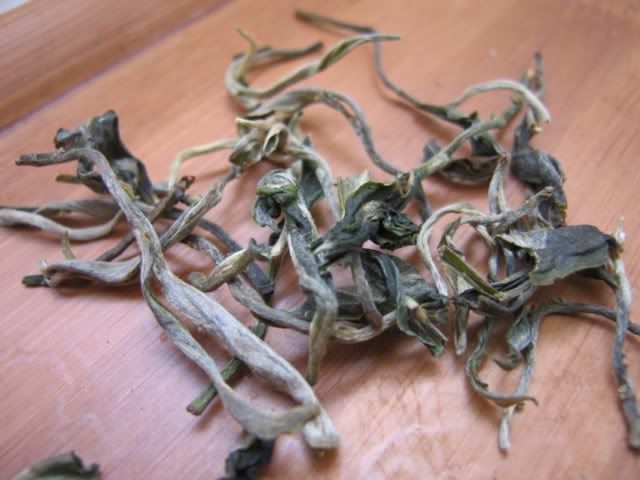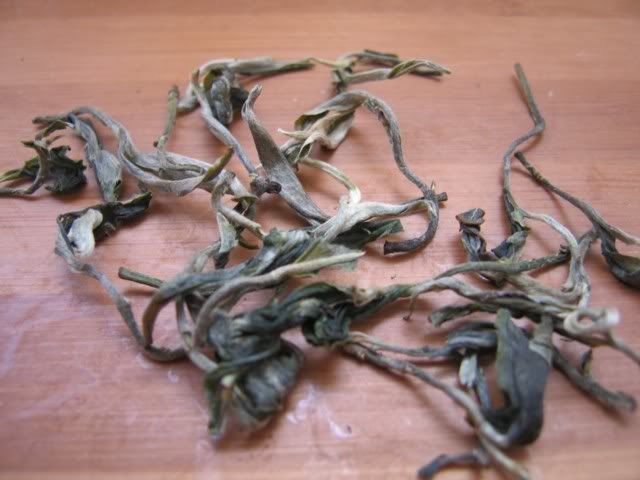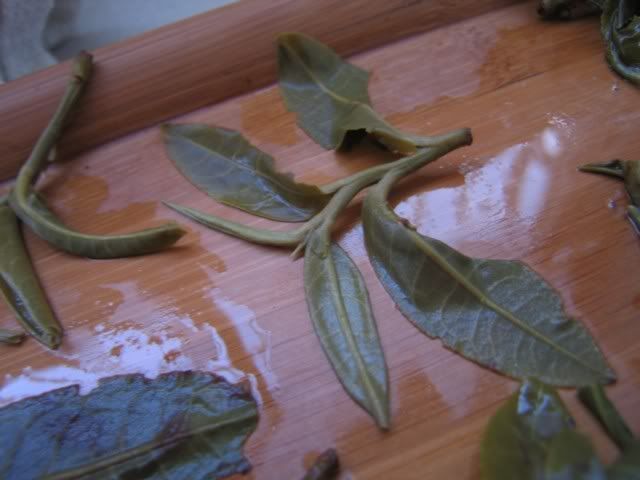I just bought my train ticket for Shanghai for Friday at the Beijing Station. As I was leaving, while passing right in front of the McDonald’s across the street from the station, the clock struck nine, and the bells of the station started chiming The East is Red. It was surreal, as I never expected that in this day and age, this tune would be played anywhere near so public as the Beijing Station. But there it was, the bells ringing probably the same thing it did forty years ago during the height of the Cultural Revolution. Here I was, standing in front of the McDonald’s, with a ticket in hand that puts me on the newest train in China, and listening to the bells chime The East is Red. I was only maybe two kilometers away from the Tiananmen Square, where forty years ago hundreds of thousands of university students rallied to see Mao, loudspeakers blaring with this very tune I was hearing. I helped teach a course on the Cultural Revolution last year, but I have no personal experience of it — only through books and tales from my family. I am sure if I were in front of Beijing Station (which I definitely wouldn’t be — because I would be busy doing Red stuff) I would be able to hear the massive chants of the rallies down Chang’an Avenue. In a way, I felt connected with those people there, back then, if only ever so slightly. It was a strange feeling.
It is obvious that China is no longer the same. The very fact that I was standing in front of a McDonald’s was proof positive of it. The fact that we can talk about all these different kinds of teas, of all the different factories, and most of all, the incredible rise in tea prices in Yunnan the past few years, signifying, among other things, the great amount of wealth generated in the past three decades. A mere twenty years ago all tea factories were state owned, production standardized, and innovation was pretty much nil. There were some new cakes, made at the behest of merchants from Hong Kong or other places, like the 8582, but by and large, it was a stale business. Liberalization, at least in the economic sector, changed all of that. Menghai, Xiaguan… all those big factories are now private companies, run by shareholders or other investors. The whole tea distribution system is private, market based, thus giving us the dizzying price rises, and also the accompanying speculative fervour.
How to identify good teas in this sea of innovation and change is a constant concern among tea lovers all around. We’ve all paid our tuition before and bought tea that was horrid (only we didn’t realize it then). With puerh, it has gotten to the point where the market is taking away the enjoyment of the tea itself. On a place like Sanzui, discussions recently have all centered around “What are the prices now for xxx?” and “When is the crash coming?”. Nobody talks about tea anymore, it’s all about the price.
Are we better off than before? I’d like to think we are. After all, given all the choices out there, we’re bound to find good stuff. It made the job more difficult, but in some ways, it’s also more rewarding. We buy puerh on the hopes that some of it will turn out good. Hope, I think, is powerful. It’s probably more powerful than anything else in human nature. Hell, after all, is a place with no hope, and nobody wants to be in hell.
I drank a new maocha today, given to me by L’s business partner, Xiaomei. They picked this themselves from the trees, and watched it being fried and dried. They went to Yunnan this spring to study teas there. They made no cakes, but bought a whole bunch of maocha to try for themselves and also to give as gifts. I got a little bit of this Nannuo, along with some Banzhang. I’m sure when I go down to Shanghai and see L, I will see his Yiwu teas too, which they also picked. They go and spend all this time not only because they’re interested in tea, but also because this is their enterprise, and they are willing to invest the time and money to try to improve themselves so they can do the job better. I was thinking today, while drinking this maocha — if there is a crash in puerh, if there is a panic exit from the market, if the unwinding is not orderly but disorderly… are they ready for it? With hope comes disappointments, and disappointments are hard to swallow sometimes.
Every little cake we buy is a piece of that hope… expectations that the tea will age into greatness. Every time we drink the tea again, we want some sort of validation of our hope… that we got it right, that it is, indeed, moving towards something good. Maybe that’s why puerh is so captivating, because we are invested in it, and because of its uncertainty. But that’s what makes life exciting.
Some pictures of the tea today… a young little thing, green to the core, grassy, notes of green beans, not too thick, but surprisingly smooth. Good qi, as I got dizzy after a while, and decent huigan. Not a bad tea at all. A little too green… I was a little suspicious, and you can see how green the tea is in the pictures (natural light today). I don’t know anymore what’s good and what’s not.







I rambled on and on today, sorry.








 RSS - Posts
RSS - Posts
Interesting.... would 250C in my oven work?